What do you understand by the term “CXO dilemma”?
The term defines balancing AI innovation with regulatory compliance as a major challenge in financial services, driven by the technology’s transformative potential alongside its new and amplified risks.
While AI promises enhanced efficiency, customer experience, and risk management, it also introduces concerns around data privacy, bias, and transparency that require careful governance to prevent systemic harm.
The financial system’s growing reliance on a few dominant AI providers creates a concentration risk. Failure in one of these systems could have widespread disruptive effects, requiring regulators to build enhanced oversight capabilities.
For CXOs, AI presents a clear path to competitive advantage by transforming core functions of the business.
Table of Contents
- Introduction: The CXO Dilemma—Innovation vs Regulation
- AI in Fraud Detection & Compliance Monitoring
- Algorithmic Trading & Market Predictions
- Credit Scoring & Customer Risk Assessment
- Personalized Banking with Generative AI
- Cost Reduction via Process Automation
- ROI Models: AI Investments in BFSI
- Case Studies & Competitive Benchmarks
- Conclusion
- FAQs
AI automates tasks like data entry, transaction processing, and document analysis, which significantly improves operational efficiency and lowers costs. AI-powered chatbots and virtual assistants offer 24/7 support and personalized advice, leading to higher customer loyalty and satisfaction.
Machine learning algorithms analyze vast datasets in real-time to identify anomalies and detect fraud with greater speed and accuracy than traditional methods. AI analyzes a broader range of data to provide more accurate credit scoring and risk management, which can expand financial inclusion to underserved populations.
AI in Fraud Detection & Compliance Monitoring
AI in financial services enhances fraud detection by analyzing vast, complex data sets in real-time to identify anomalous transactions and patterns that traditional rule-based systems miss, enabling proactive prevention of losses and improved customer trust.
For compliance, AI in Financial Services streamlines Anti-Money Laundering (AML) and Know Your Customer (KYC) processes, automates monitoring, and ensures adherence to evolving regulatory standards, safeguarding institutions from penalties and reputational damage.
AI for Fraud Detection
Real-time anomaly detection
Advanced pattern recognition
Risk scoring
Behavioral analysis
Identity verification
Reduced false positives
AI for Compliance Monitoring
Automated transaction monitoring
Streamlined regulatory compliance
Real-time alerts and solutions
Adaptation to evolving regulations
Ethical ai development
Overall Benefits
AI in financial services from reactive to proactive defense, preventing losses and safeguarding customers before damage occurs. Automation of fraud detection and compliance tasks reduces manual labor, improves efficiency, and lowers operational costs.
CXO takeaway: By more accurately detecting fraud and ensuring compliance, AI protects both the institution’s finances and its reputation, fostering greater customer trust.
Algorithmic Trading & Market Predictions
AI and machine learning (ML) are transforming financial services by enhancing algorithmic trading and predictive market analysis.
By processing vast datasets, AI enables faster, data-driven decisions that reduce human error and bias. Financial institutions are leveraging these technologies to optimize trading strategies, improve risk management in BSFI, and increase market efficiency.
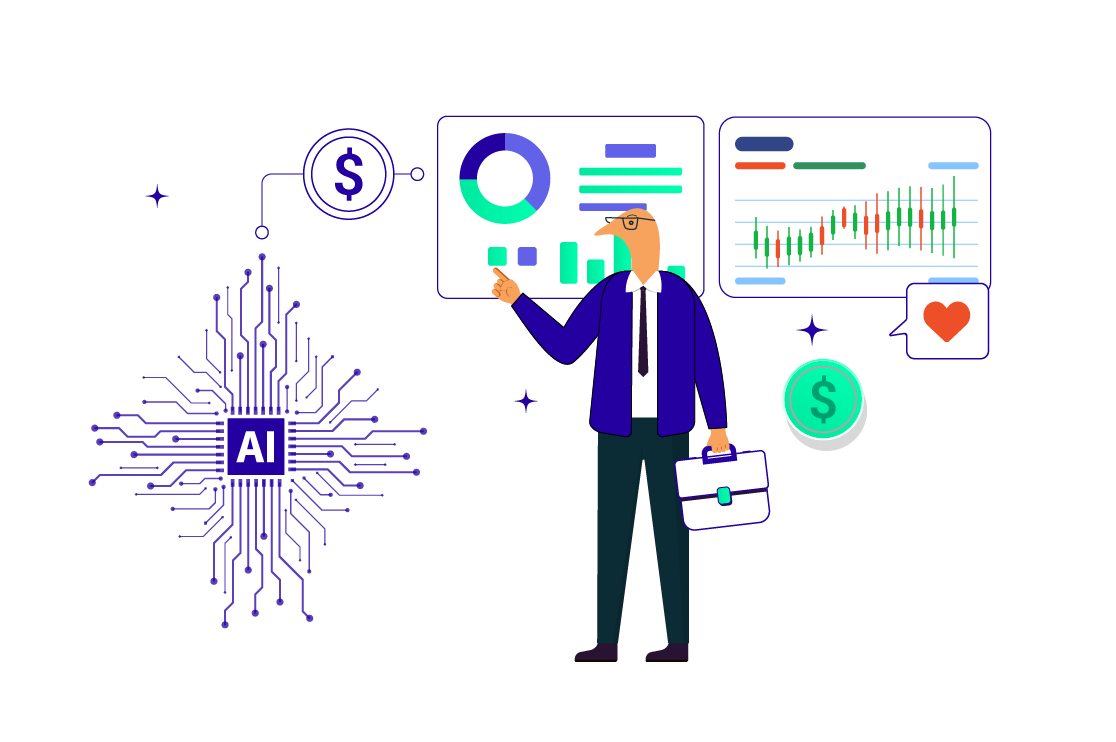
AI in Algorithmic Trading
Algorithmic, or algo-trading for short, uses computer programs to automatically execute trades based on predefined rules. AI’s integration supercharges this process, enabling more sophisticated and adaptive strategies.
AI allows for trades to be executed in milliseconds, capitalizing on tiny price discrepancies that human traders cannot perceive. This provides a significant competitive advantage.
AI analyzes historical and real-time market data, news sentiment, and economic indicators to forecast future market movements and optimize trade execution.
Machine learning models adapt to changing market conditions by continuously learning from new data. This allows trading strategies to evolve over time, improving accuracy and profitability.
AI algorithms assess and mitigate various risks, such as market volatility and liquidity risk, in real time. They can dynamically adjust trading parameters to minimize exposure to potential losses.
ML techniques for market forecasting
Neural networks, particularly Long Short-Term Memory (LSTM) networks, can analyze complex, non-linear relationships in sequential financial data, such as stock prices and trading volumes, to generate more accurate forecasts.
Reinforcement learning technique uses algorithms that learn from past decisions and refine trading strategies based on market feedback. It allows AI to continuously optimize its performance.
Combining different ML algorithms, such as Random Forests or Gradient Boosting, can improve prediction accuracy by leveraging the strengths of each model.
In addition to traditional market data, AI models can incorporate alternative datasets, like satellite images showing shipping activity or transaction data, to identify hidden patterns and correlations.
Credit Scoring & Customer Risk Assessment
AI in credit scoring uses machine learning and advanced algorithms to analyze diverse data, enabling faster and more accurate predictions of borrower default risk.
Key benefits of AI in credit scoring include enhanced accuracy through dynamic data analysis, increased financial inclusion by considering diverse data points for underserved populations, faster decision-making with real-time processing, and reduced operational costs through automation.
Recommended Readings:
Personalized Banking with Generative AI
Generative AI in banking enhances personalized banking by analyzing data to offer tailored financial advice, create dynamic savings roadmaps, and provide proactive alerts for opportunities and expenses. It powers intelligent chatbots for 24/7 customer support, improves fraud detection with predictive analytics, and helps banks develop new financial products by analyzing market trends.
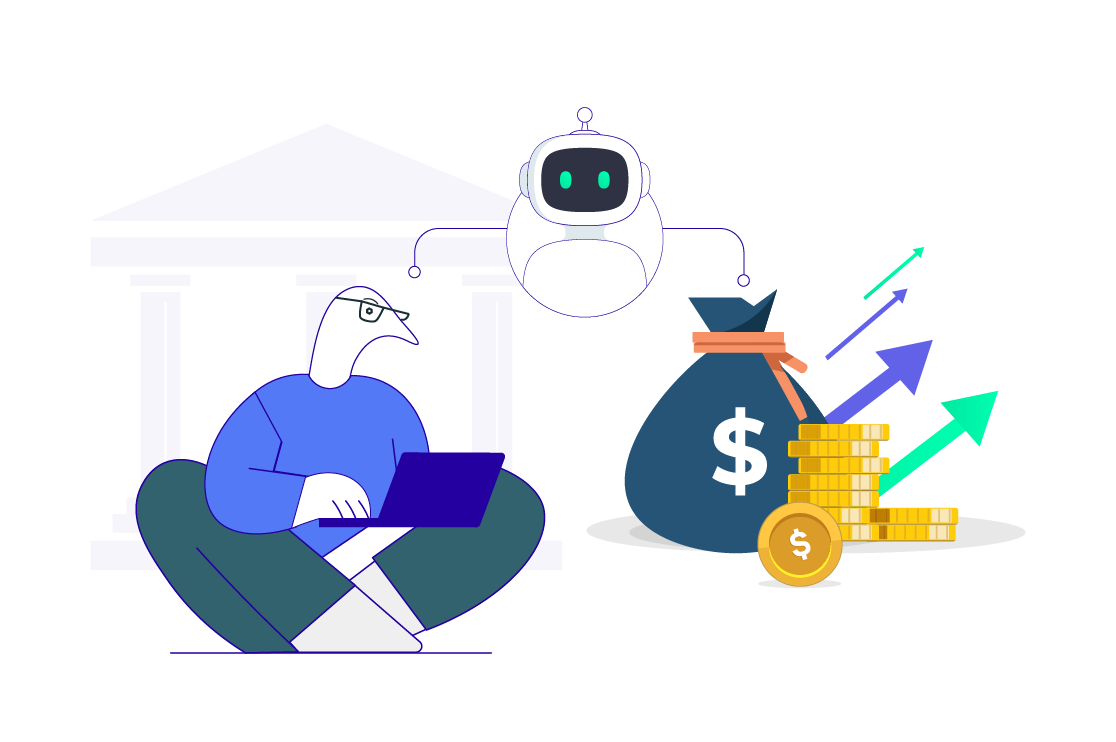
Key Applications in Personalized Banking
Personalized financial advice
Proactive customer support
Enhanced fraud prevention
Dynamic portfolio optimization
Anticipating customer needs
This leads to a more engaged customer experience, greater operational efficiency, and helps financial institutions stay competitive by offering customized services that anticipate customer needs.
Cost Reduction via Process Automation
AI-powered process automation is a major driver of cost reduction in the financial services industry, with some reports suggesting it can cut operational costs by 20–30%
By automating repetitive, data-intensive tasks with technologies like Robotic Process Automation (RPA), machine learning (ML), and generative AI in banking, financial institutions can improve efficiency, reduce human error, and free up employees for higher-value work.
How AI delivers cost reduction
The savings generated by AI-driven automation come from several key areas:
Lower labor costs
Reduced errors and rework
Faster, more efficient execution
Optimized resource allocation
Improved scalability and agility
The future of AI in financial services is evolving toward agentic AI, which uses multiple AI models to perform complex, multi-step tasks autonomously.
ROI Models: AI Investments in BFSI
Robust ROI models for AI investments in the Banking, Financial Services, and Insurance (BFSI) sector go beyond simple cost-benefit analysis by evaluating both tangible and intangible benefits
The framework of AI in BFSI risk management considers efficiency, revenue growth, risk mitigation, and agility can help financial institutions prove the value of their AI projects.
Components of an AI ROI model for BFSI
Costs: Evaluating the total cost of ownership (TCO) for an AI initiative is a critical first step. This includes both direct and indirect expenses such as costs related to implementation, hiring, training, integration, and maintenance.
Benefits: The returns from AI investments often involve a mix of quantitative and qualitative benefits that must be carefully measured. Quantitative benefits include cost reduction, fraud prevention, and operational efficiencies. Qualitative benefits include better customer experience, robust decision making, and competitive advantage.
Case Studies & Competitive Benchmarks
JPMorgan Chase: The firm’s Contract Intelligence (COIN) platform, a generative AI precursor, analyzes legal documents in seconds, saving an estimated 360,000 hours of lawyer time annually.
QuickLoan Financial: By adopting an AI-powered risk assessment tool, this firm reduced loan processing time by 40% and improved high-risk application detection by 25%, leading to faster approvals and a lower default rate.
Bank of America: The virtual assistant “Erica” surpassed 1.5 billion interactions by 2023. The ability of such conversational AI to handle a high volume of basic queries improves service scalability and reduces operational costs.
Morgan Stanley: The firm provides its wealth advisors with a GPT-powered co-pilot that offers instant answers and saves research time, allowing advisors to focus on client service quality.
Citizens Bank: The use of AI-driven automation for tasks like customer services, coding, and fraud detection has led to up to 20% efficiency gains for the bank.
Conclusion
AI is no longer experimental—it’s a core driver of competitive advantage of AI in financial services. From fraud detection to algorithmic trading and personalized banking, it fuels cost savings and revenue growth. But success depends on responsible integration, balancing innovation with governance and ethics.
At BluEnt, we help banks, insurers, and financial institutions turn AI from experimentation into measurable ROI. Our AI development services are built for the unique demands of finance.
Whether you are a CXO seeking risk resilience, a CTO focused on data-driven innovation, or a CFO aiming for cost efficiency and growth, BluEnt is your partner to build, scale, and govern AI solutions that deliver real business outcomes.
FAQs
How is AI improving fraud detection in banking?AI models analyze transactional patterns and behavioral signals in real time, helping detect anomalies and reduce false positives in fraud alerts.
What benefits does algorithmic trading bring?AI-powered systems execute high-speed trading decisions on a scale, offering market predictions and enhanced efficiency beyond manual capabilities.
How can AI personalize banking for customers?Generative AI and ML models tailor product recommendations, insights, and customer communication based on individual behavior and financial goals.
What’s the ROI of AI for financial institutions?Surveys show about 86% of professionals report revenue uplift and 82% note cost reduction from AI adoption.
How do organizations manage AI risks and governance?Many firms have AI risk management plans; they advocate robust governance, ethical frameworks, and internal control aligned with regulatory standards.











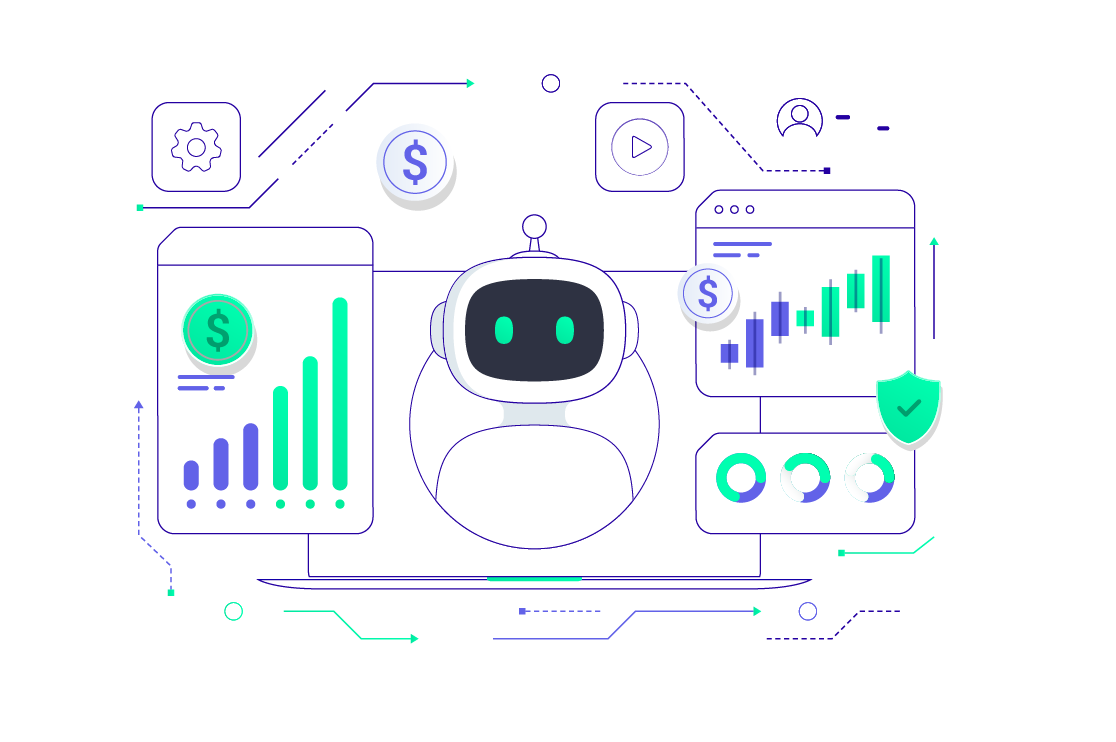
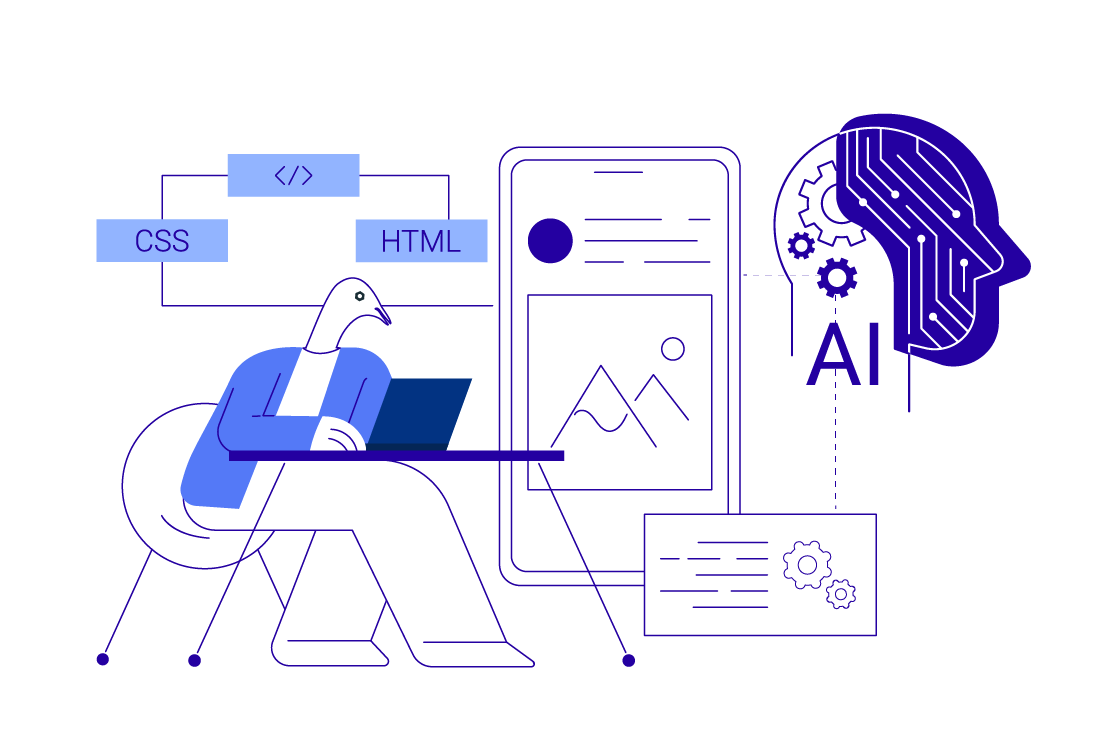 AI in Programming: Disruption, Evolution, and CXO Strategy
AI in Programming: Disruption, Evolution, and CXO Strategy  AI in Healthcare Administration: Cutting Costs & Boosting Efficiency
AI in Healthcare Administration: Cutting Costs & Boosting Efficiency 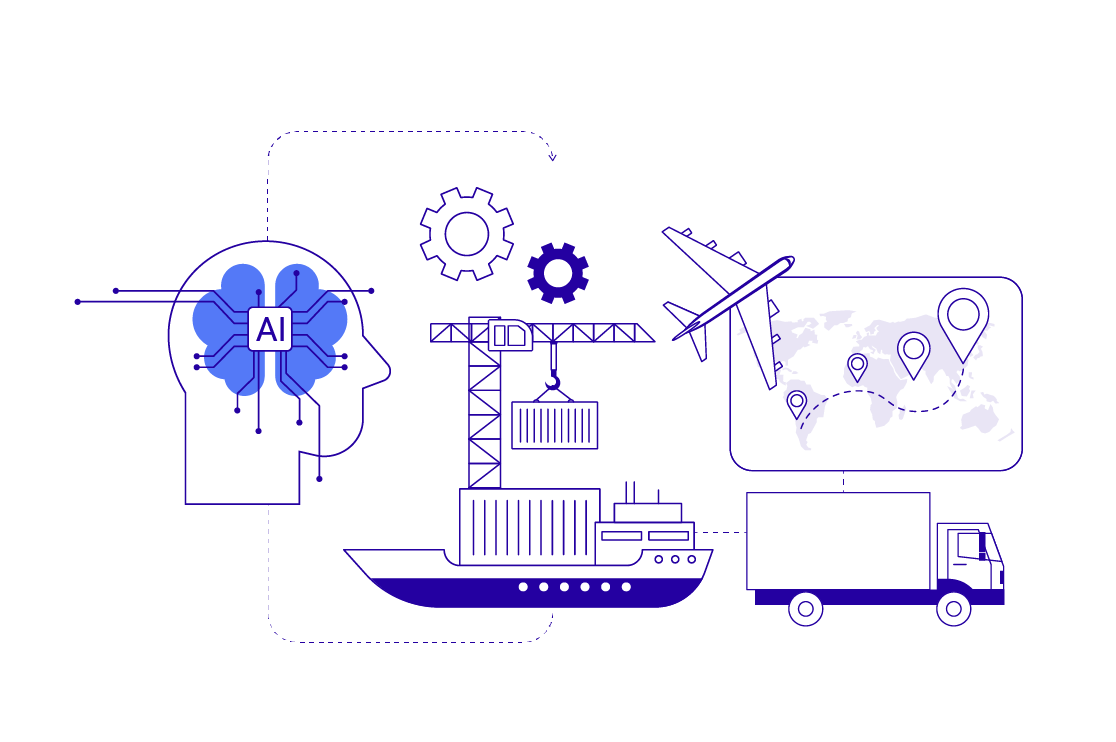 AI for Supply Chain Resilience & Optimization: Strategies for 2025 and Beyond
AI for Supply Chain Resilience & Optimization: Strategies for 2025 and Beyond 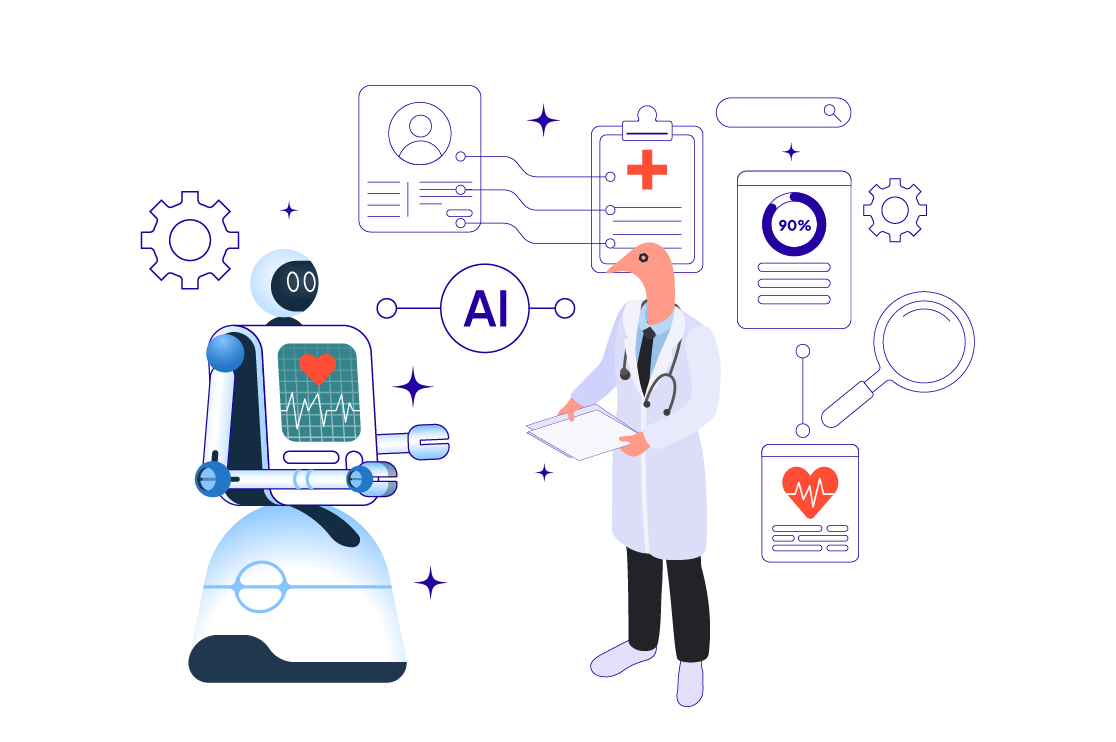 AI in Healthcare: The Path to Precision Medicine & Board-Level Strategy
AI in Healthcare: The Path to Precision Medicine & Board-Level Strategy 
